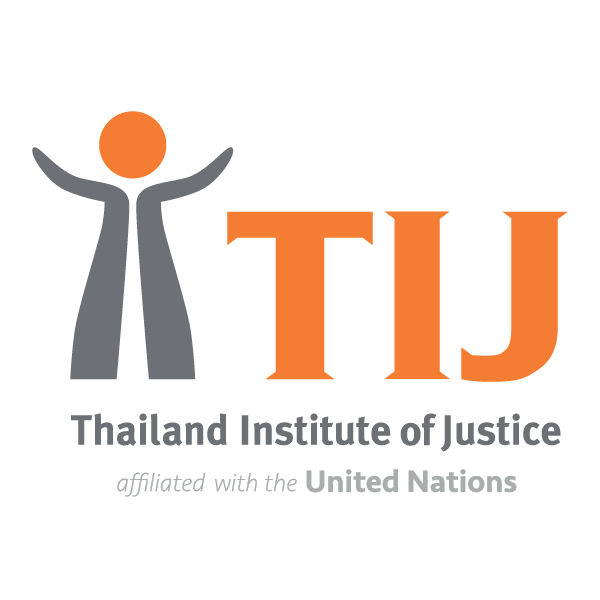คอร์ส แนวทางเบื้องต้นในการทำงานกับผู้ถูกกระทำความรุนแรงในครอบครัว
โมดูลที่ 5 - เครื่องมืออื่น ๆ ในการแสวงหาข้อมูลประกอบการวางแผนช่วยเหลือผู้เสียหาย
บทเรียนที่ 4 - สรุปแนวทางเบื้องต้นในการทำงานกับผู้ถูกกระทำความรุนแรงในครอบครัว
สรุปแนวทางเบื้องต้นในการทำงานกับผู้ถูกกระทำความรุนแรงในครอบครัว(15)
แหล่งอ้างอิงเพิ่มเติม UNFPA (2011). Managing Gender-based Violence Programmes in Emergencies. Online-course.
(15) UNC (2021). [University of North Carolina]. Do’s and Dont’s of Handling Domestic Violence Victims. [Translated with additional revisions].
UNFPA (2019). THE INTER-AGENCY MINIMUM STANDARDS for Gender-Based Violence in Emergencies Programming.
UNHCR (2020). Policy on a Victim-Centered Approach in UNHCR’s response to Sexual Misconduct.
UNHCR Division of International Protection Services (DIPS) (2008). Handbook for the Protection of Women and Girls. สืบค้นจาก https://www.unhcr.org/47cfa9fe2.html
WHO (2002). World Report on Violence and Health: Summary.
UN Women (2015). A Framework to underpin to prevent violence against women. สืบค้นจาก https://www.unwomen.org/sites/default/files/Headquarters/Attachments/Sections/Library/Publications/2015/PreventionFramework_unwomen_nov2015.pdf
NHS (2022). A self-help guide for survivors of rape and sexual assault. สืบค้นจาก https://www.thehavens.org.uk/media/Self-Help-Guide-for-Survivors-of-Sexual-Assault-v.2-March-2019.pdf
IASC (2015). How to support a survivor of gender-based violence when there is no GBV actor in your area - A STEP-BY-STEP POCKET GUIDE FOR HUMANITARIAN. สืบค้นจาก https://gbvguidelines.org/wp/wp-content/uploads/2018/03/GBV_UserGuide_021618.pdf
Interagency Standing Committee (2017). Interagency gender-based violence case management guidelines. Geneva:IASC. P.44. สืบค้นจาก https://gbvresponders.org/wp-content/uploads/2017/04/Interagency-GBV-Case-Management-Guidelines_Final_2017_Low-Res.pdf



ยินดีด้วย คุณจบโมดูล 5: เครื่องมืออื่น ๆ ในการแสวงหาข้อมูลประกอบการวางแผนช่วยเหลือผู้เสียหาย แล้ว โมดูลนี้เป็นโมดูลสุดท้ายของคอร์สนี้
กลับหน้าหลัก